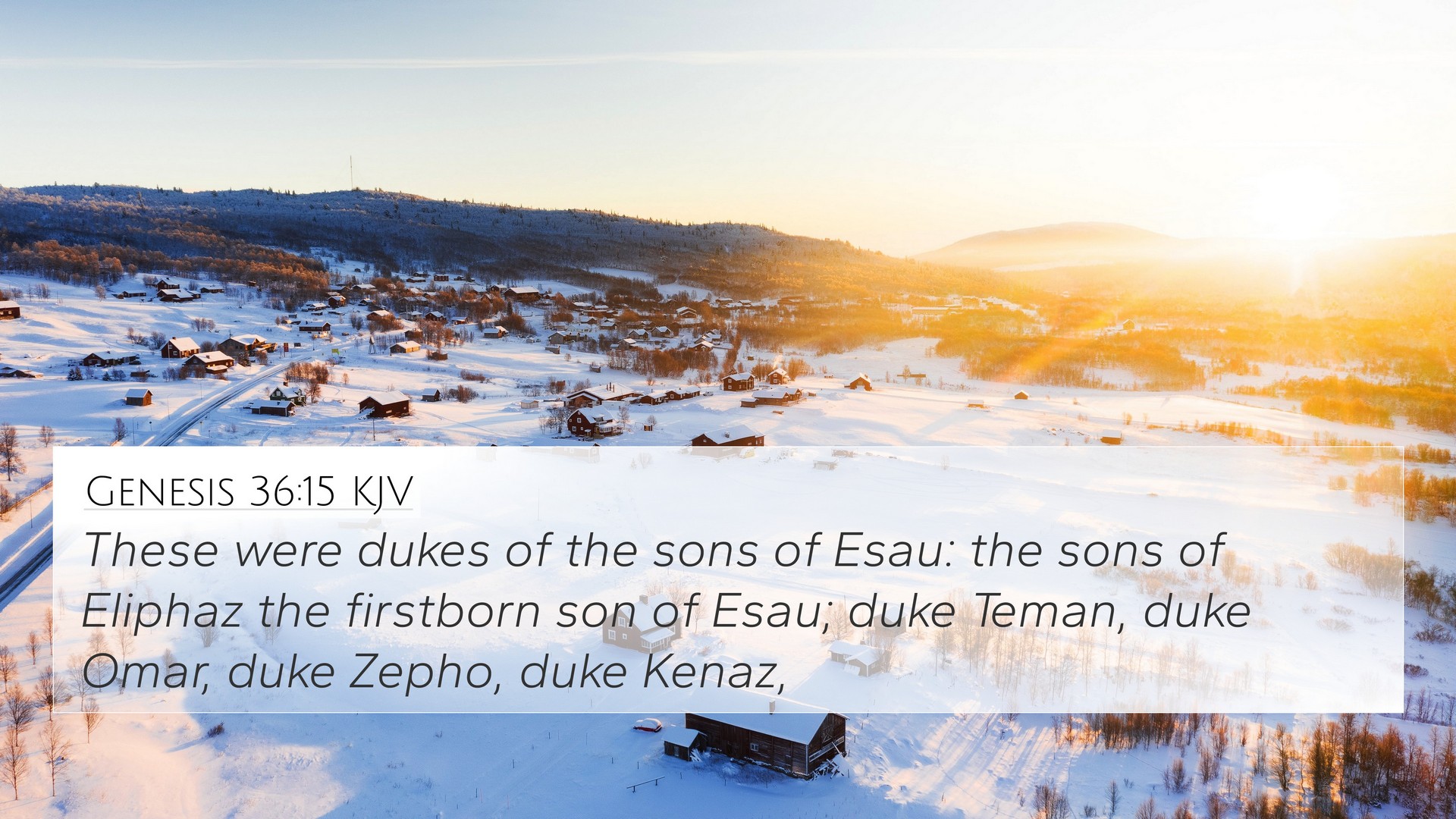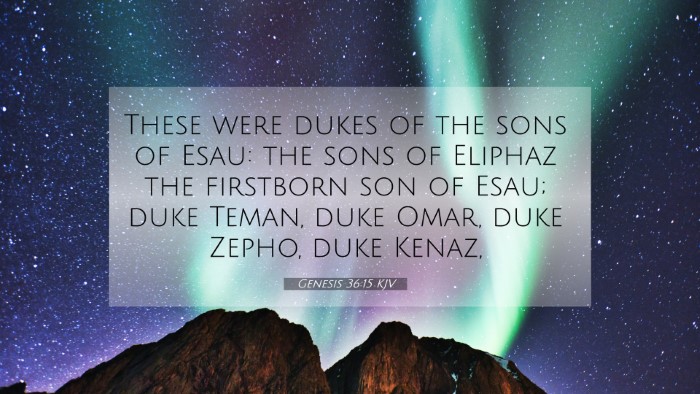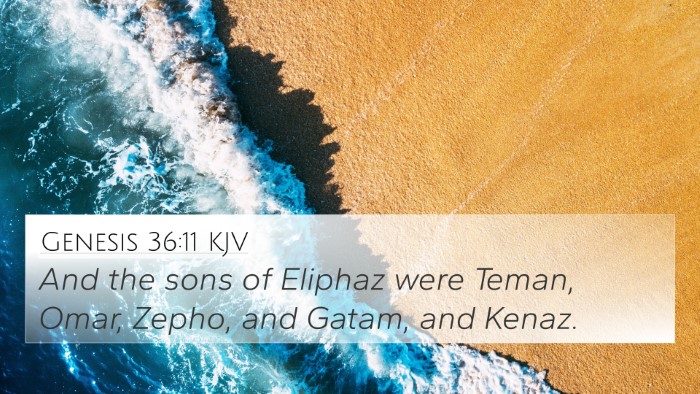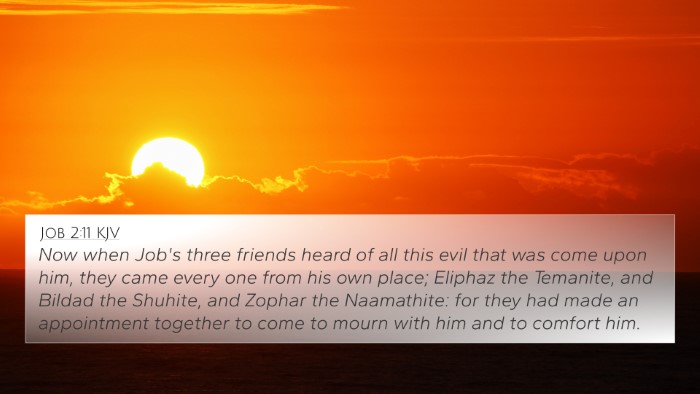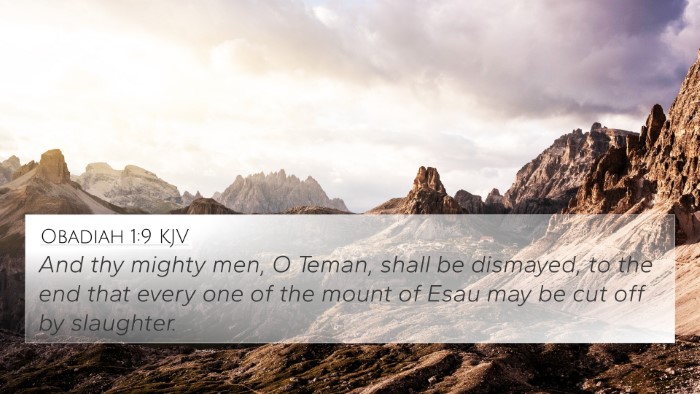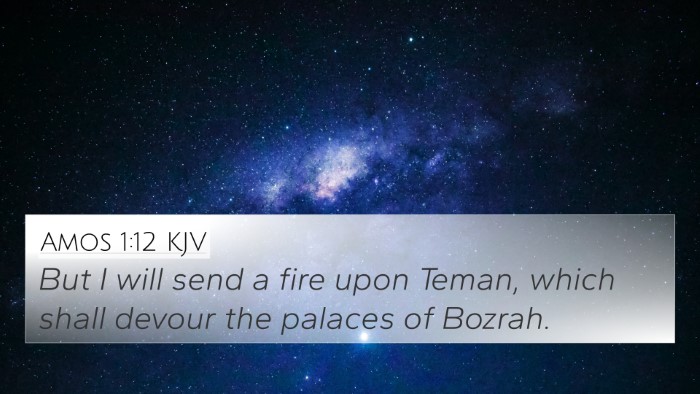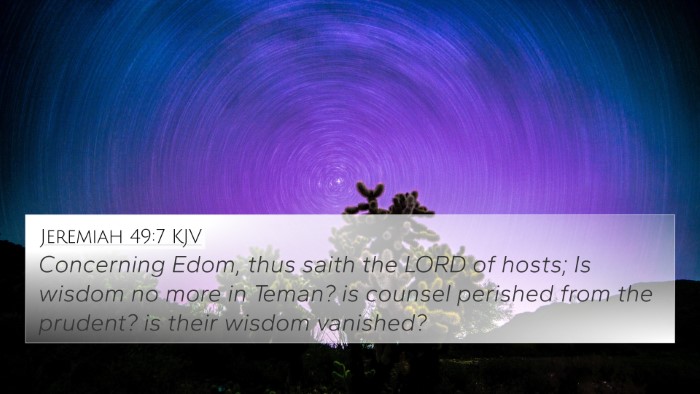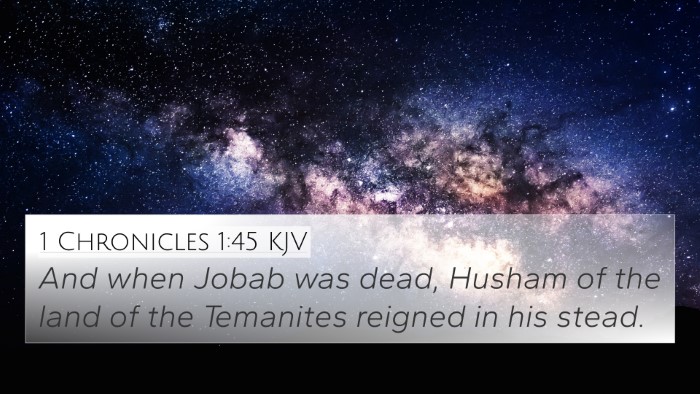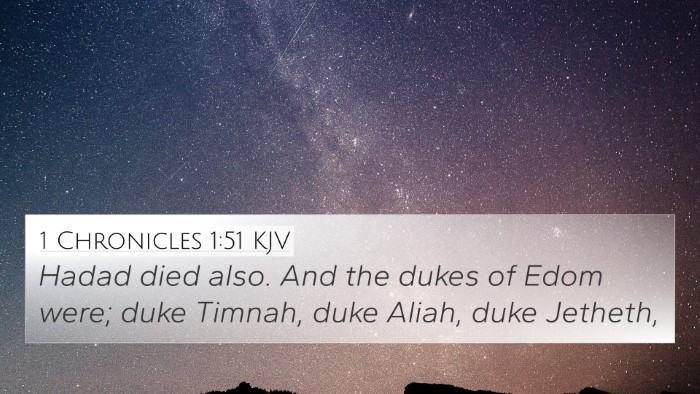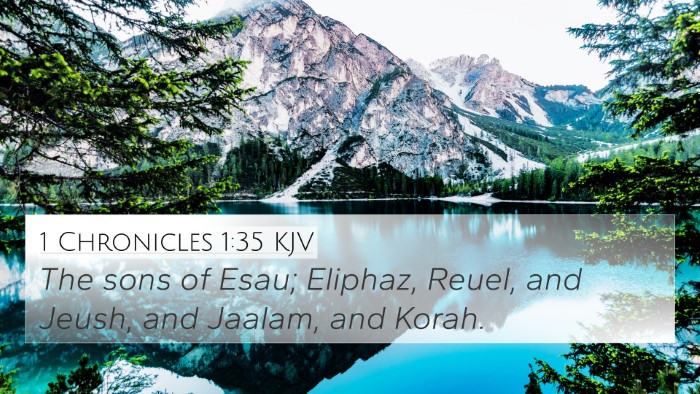Understanding Genesis 36:15
Genesis 36:15 references the chief leaders among the descendants of Esau, indicating the importance of lineage and ancestry within biblical history. The verse highlights the patriarchal genealogies that are significant in both Jewish and Christian traditions, revealing how these family lines are crucial for understanding God's overarching covenant with humanity.
Summary of Genesis 36:15
This verse lists the names of the chiefs descended from Esau, highlighting their roles as important tribal leaders in the narrative of the Edomites. In biblical literature, genealogies serve not only to trace lineage but also to affirm God's promises to specific individuals and their descendants.
Key Themes in Genesis 36:15
- Genealogy and Identity: The importance of family lines and tribal affiliations in understanding the biblical narrative.
- Fulfillment of Promises: The listing of descendants is seen as a fulfillment of God's promises to Abraham, Isaac, and Jacob.
- Land and Heritage: The mention of chiefs points to the establishment of a societal structure that would govern the Edomites.
Connections to Other Bible Verses
Genesis 36:15 connects to various other scriptures that reflect themes of lineage, heritage, and God's covenant. Here are some notable cross-references:
- Genesis 25:30: This verse introduces Esau and Jacob, laying the groundwork for understanding their lineage.
- Genesis 36:1: This verse begins the account of Esau's descendants, providing context to verse 15.
- Exodus 3:6: God identifies Himself as the God of Abraham, Isaac, and Jacob, reinforcing the value of these ancestral lines.
- 1 Chronicles 1:35-37: Another genealogical account that includes Esau and his descendants, affirming their historical significance.
- Hebrews 11:9-10: This passage highlights faith in the promises made to Abraham and his descendants, revealing the spiritual lineage that runs parallel to the physical one.
- Obadiah 1:18: This serves as a prophecy about the house of Esau, linking back to the importance of Esau's descendants.
- Matthew 1:2-3: The genealogy of Jesus includes Judah, a brother of Esau, indicating the intertwining of these family lines in God’s redemptive plan.
Insights from Commentaries
Matthew Henry's Commentary
Matthew Henry emphasizes the importance of these genealogies in displaying the fulfillment of God's promises. He explains that despite Esau's struggles and conflicts with Jacob, his descendants played a significant role in the development of the nation of Israel, underlining God's sovereignty over each lineage.
Albert Barnes' Notes on the Bible
Albert Barnes notes that the Edomite chiefs represent the social order established by Esau's descendants. He suggests that these genealogies are not just historical records but serve to anchor Israel's own history in a broader context of God's purpose among nations.
Adam Clarke's Commentary
Adam Clarke discusses how the tribal leaders mentioned arise from Esau’s lineage, emphasizing that their significance lies in the larger narrative of God's dealings with humanity. Clarke points out that throughout the history of Israel, these tribal identities have shaped various dynamics in the ancient Near East.
Thematic Reflections
- Historical Context: Understanding the socio-political structures in the ancient world through genealogies.
- Covenant Theology: How the lineage of Esau relates to the broader themes of covenant and promise in scripture.
- Divine Sovereignty: The acknowledgment that even those outside of direct covenant blessings have unique roles in God's plan.
Conclusion
Genesis 36:15 plays a crucial role within the continuous narrative of God's dealings with humanity. The study of this verse not only provides historical insight into the Edomite tribes but also offers a broader understanding of how God preserves and fulfills His promises throughout generations. As we explore these connections, we gain deeper insights into the character of God and His unfolding plan for redemption.
Further Study:
For those interested in exploring deeper connections and themes related to Genesis 36:15, consider the following study methods:
- Utilize a Bible concordance to find related verses and themes.
- Engage in cross-reference Bible study to uncover links between the Old and New Testament.
- Implement Bible cross-reference guides to aid in sermon preparation and thematic discussions.
